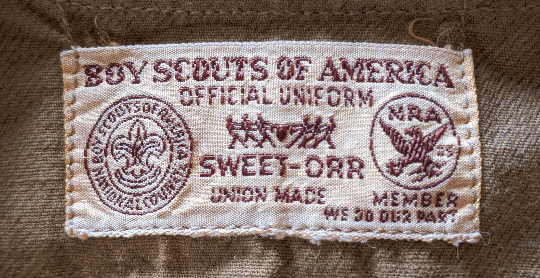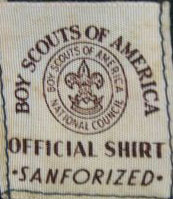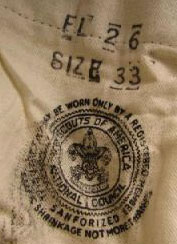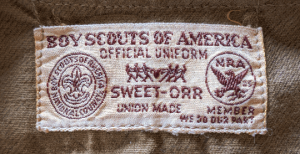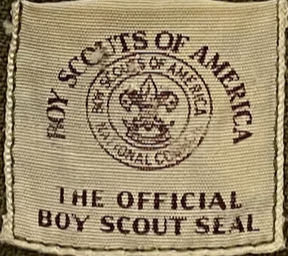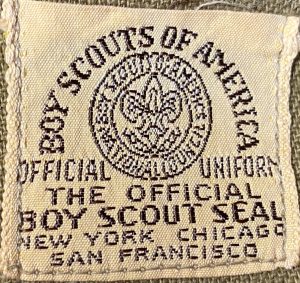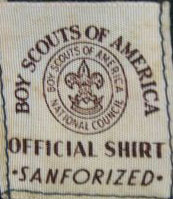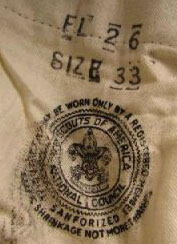Boy Scouts of America has endorsed a uniform from its inception in 1910. The first suggested uniform was put forth by British Scouting founder Robert Baden-Powell, and consisted of a long sleeved shirt, shorts, wide brimmed hat and stockings. This idea did not find favor with American boys, as short pants were generally not worn in the States by boys much over the age of 5.
The first official uniform was very similar to that being worn by US soldiers at the time. This is partly due to the uniforms being made in the very same factory as were the Army uniforms. At this time, the 1910s, the uniform consisted of an army style hat, a buttoned-up coat, canvas leggings and breeches.
In the early 1920s, the coat was dropped in favor of a shirt, and the neckerchief became a standard part of the uniform. The knee breeches remained, but the leggings were replaced by socks. Bermuda shorts were added as an option in 1920, and were finally accepted once Scouts saw how practical they were. In the 1940s, breeches were finally replaced with trousers.
In 1980-82, the Scouting uniforms were completely redesigned by American designer Oscar de la Renta. This new uniform, which is still used today, consists of a khaki shirt and olive green pants or shorts.
Written by Lizzie Bramlett, fuzzylizzie.com
